Getting a Good Grip
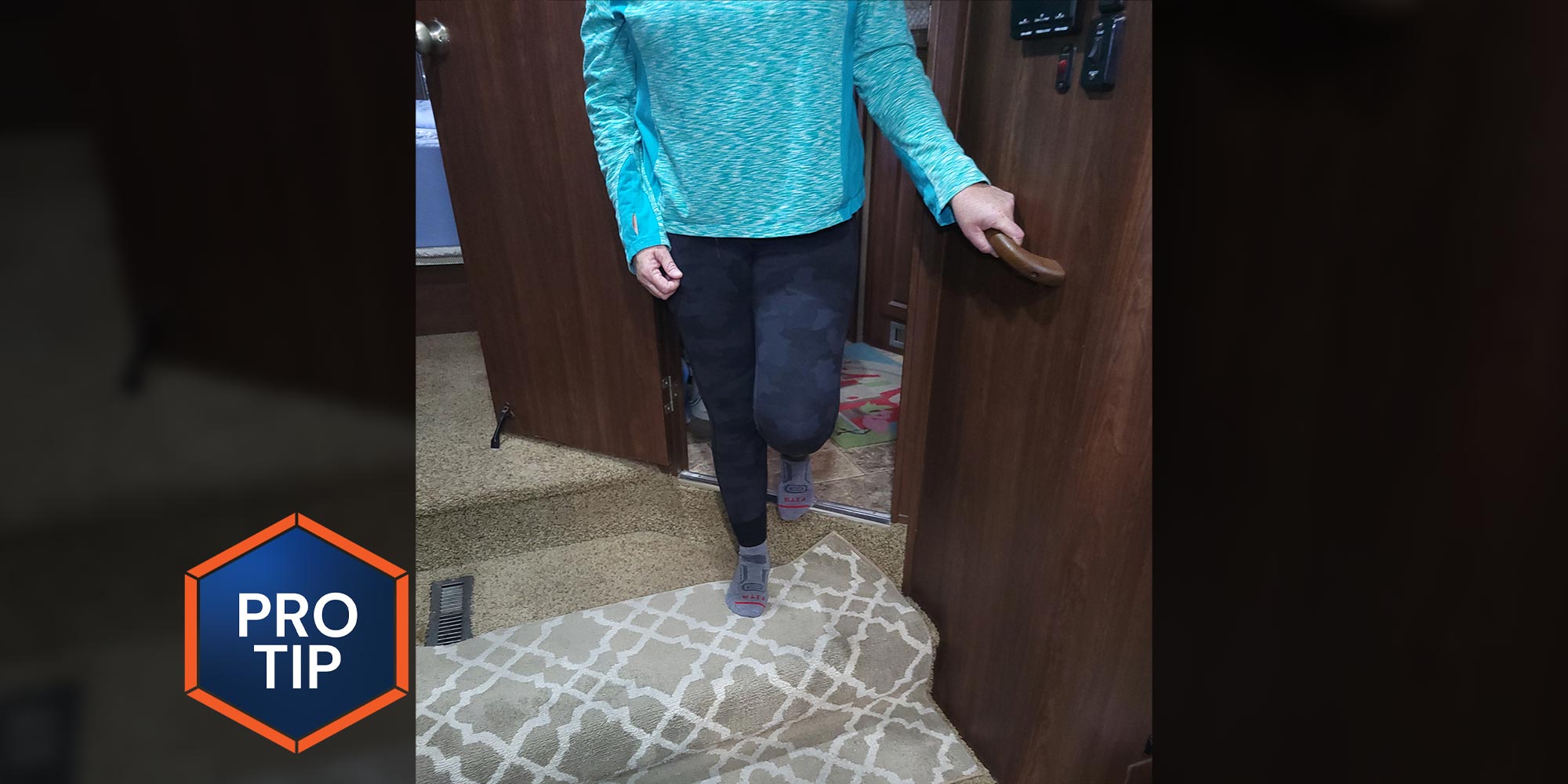
Perusing Amazon, I found a wooden assist handle that matched the color of my wood paneling amazingly well, so I measured the targeted mounting location and ordered it (“Whitecap 60114 Teak Handrail,” $20.99). I was pleasantly surprised with the quality of this teak wood handle. It doesn’t come with wood plugs for covering up the holes where the screws are driven through, which was disappointing, but what the heck, it looked nice and the price wasn’t a game changer.
The trick was finding the right location and whether to mount it at an angle. After we walked up and down the stairs a few times, the location was determined based on my girlfriend’s comfort level. Being an RV technician, I knew that I could drive one screw into a stud and use an anchor on the other end; it’s unlikely the 9 ¾-inch long handle will reach another stud in most RVs. I used a stud-finder to locate the a solid mounting surface, which was not easy because the tool didn’t like the thickness of the paneling, but I did get it to work. We decided to mount the handle at an angle, which made the most sense in keeping with the angle of the steps.

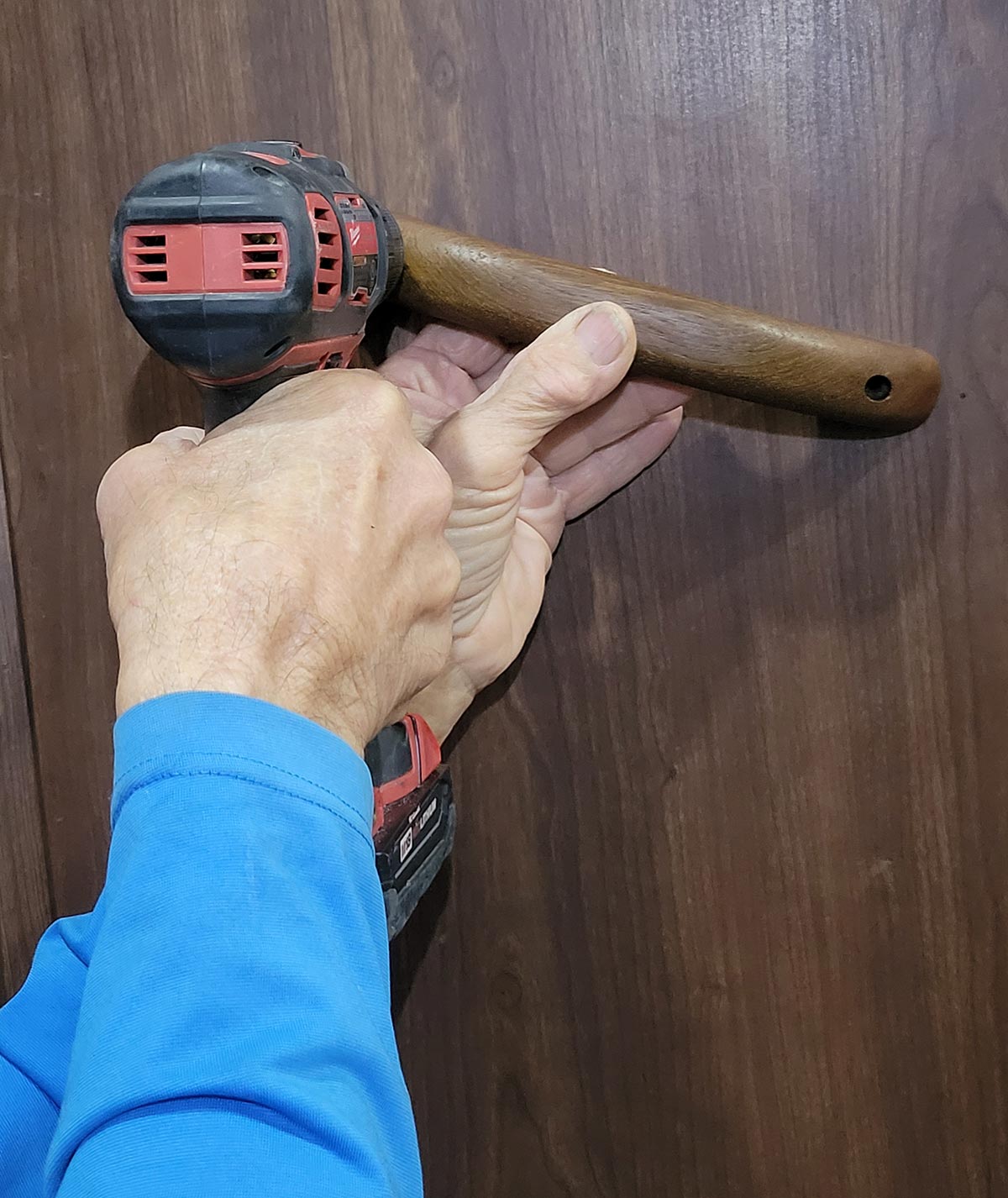
I had a few plastic drywall anchors (available in all hardware stores) in my repair kit and I and cut off the self-drilling tip, which will not penetrate wood — requiring predrilling to get it started. Metal anchors can also be used, but it may be more difficult to get the screw seated without spinning the anchor (it, too, can also be cut to a custom length). You will need to use the corresponding size drill bit to make the hole for installing the plastic anchor; most times it’s listed on the packaging. The screw that was supplied with the handle must fit tightly in the anchor; in this case that didn’t happen, so one of the screws that came with the anchor was used instead.
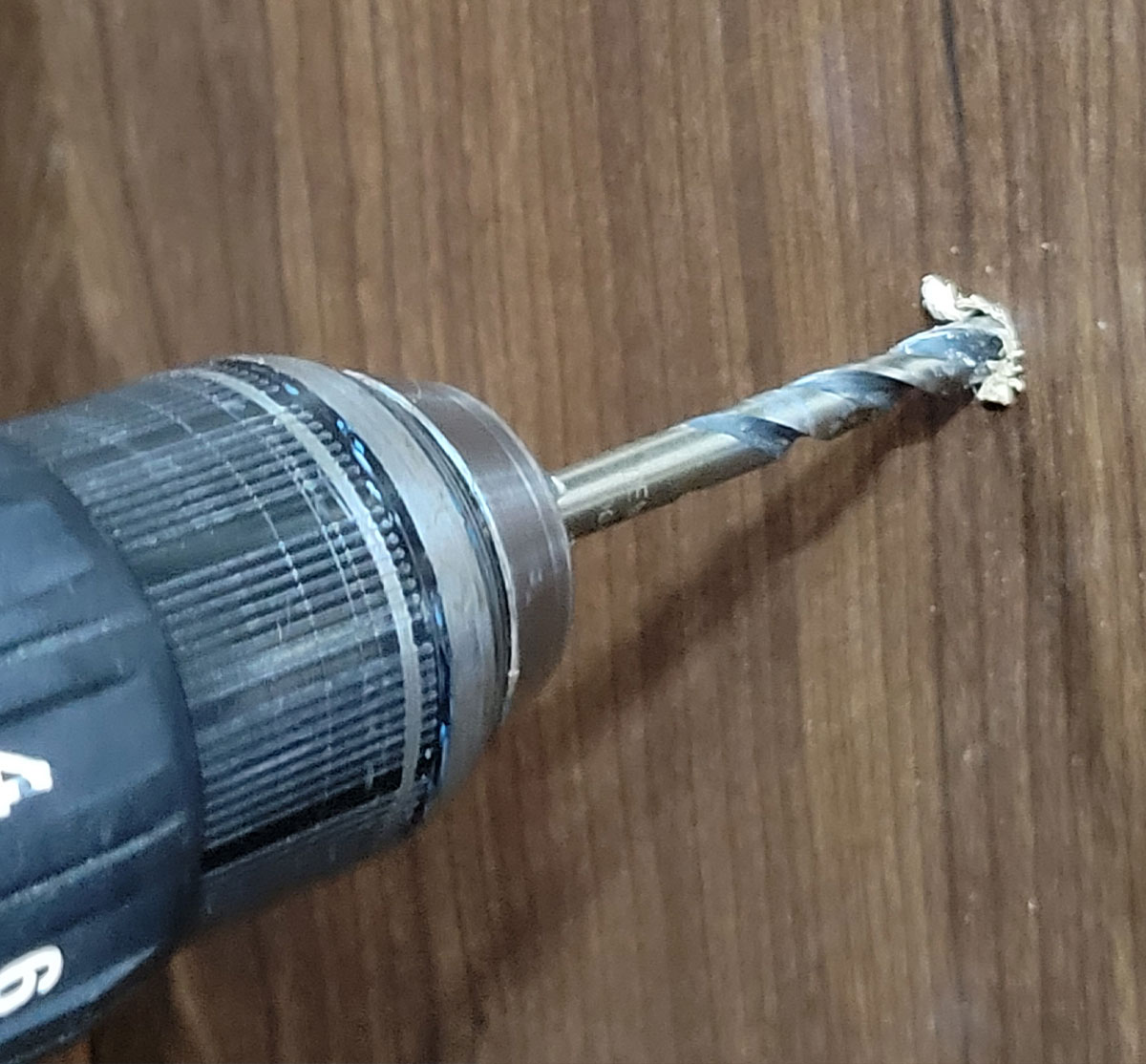
There are other types of anchors that may offer a more solid footing, if you cannot install at least one of the screws through a stud; just make sure they are effective in the 1/8-inch-thick paneling. Alternatively, you can cut a stained piece of hardwood or finished plywood that could be mounted across the gap between two studs and then anchor the handle to it. Also, if the stairs are flanked by walls, you could install one handle on each side and have a two-handed assist when walking up and down the steps. Metal grab handles can also be mounted on the wall if you prefer that look.
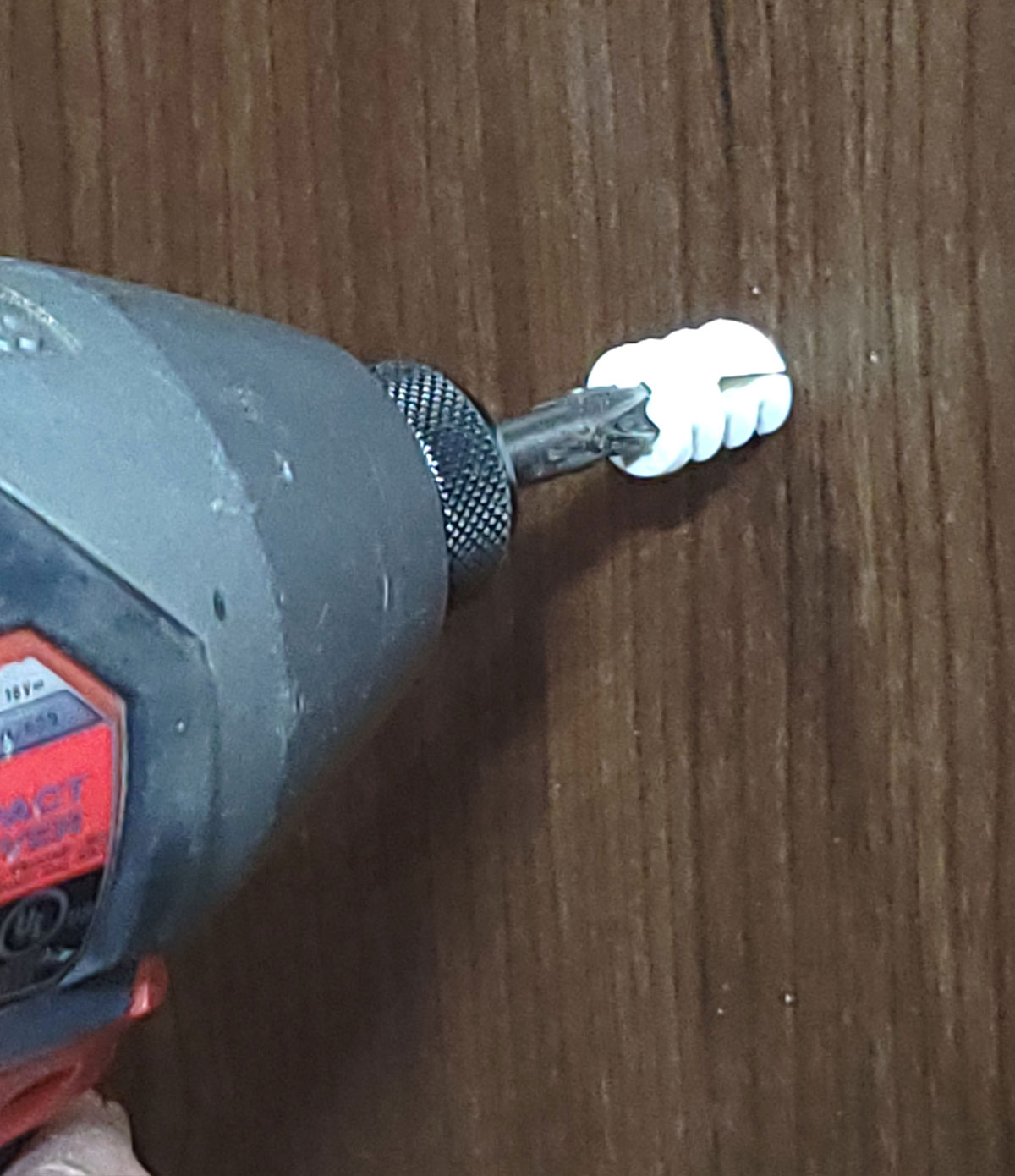
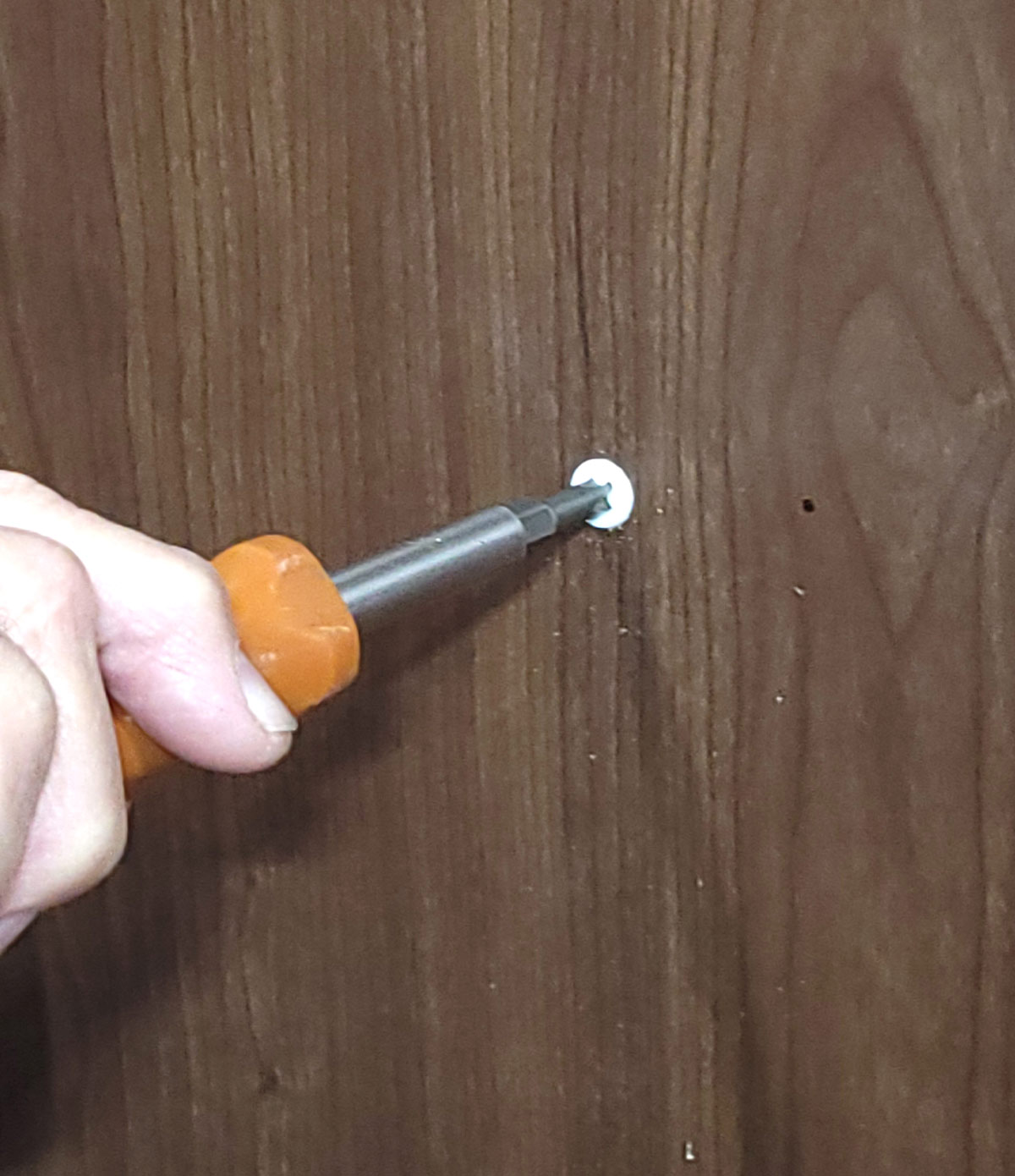
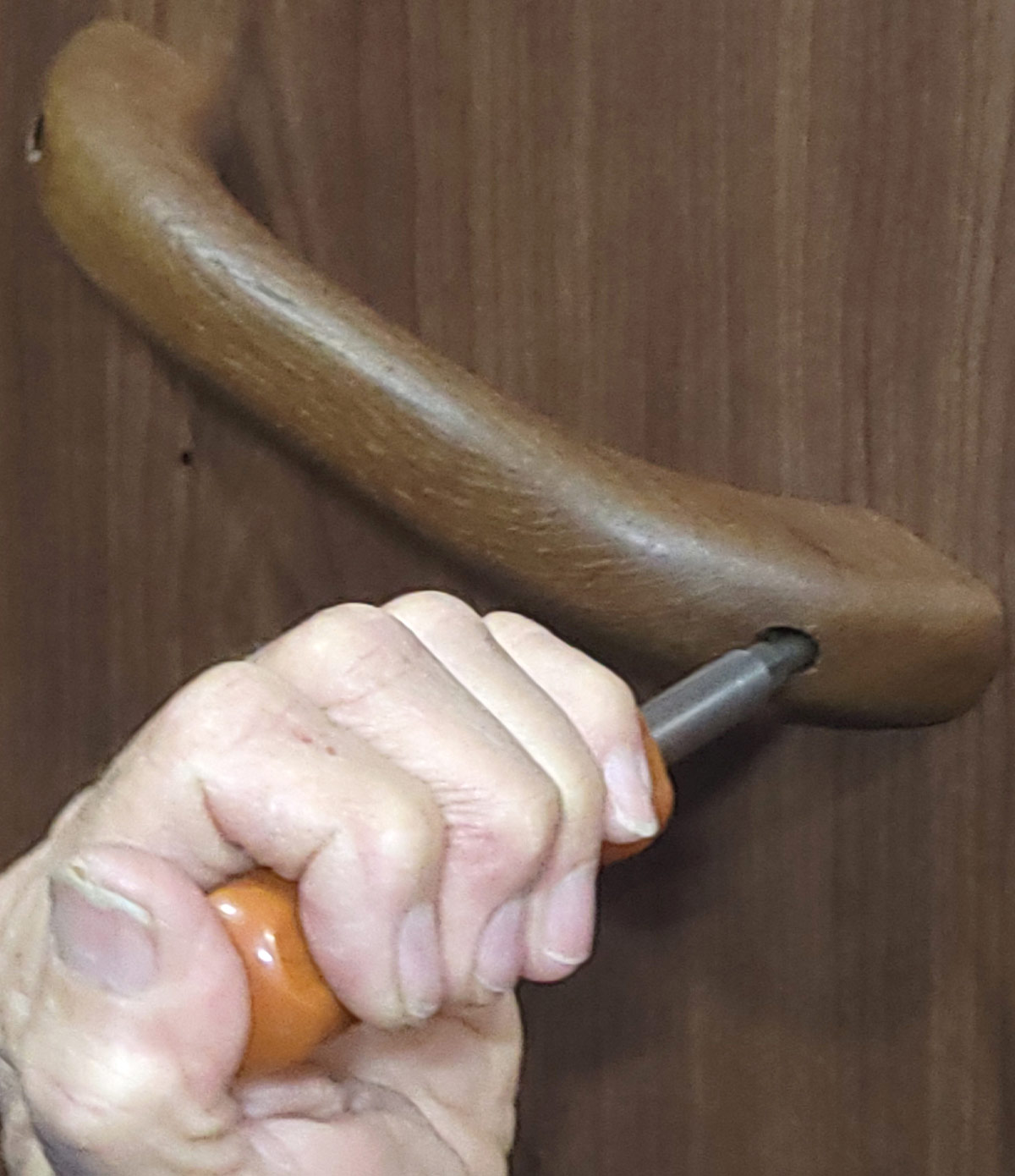
Keep in mind that this handle is not Americans with Disabilities Act (ADA) compliant. Nor is it designed for supporting full body weight — but it does a good job for those needing a little help.
Already a Subscriber? Click here for Access to the Full Issues.

